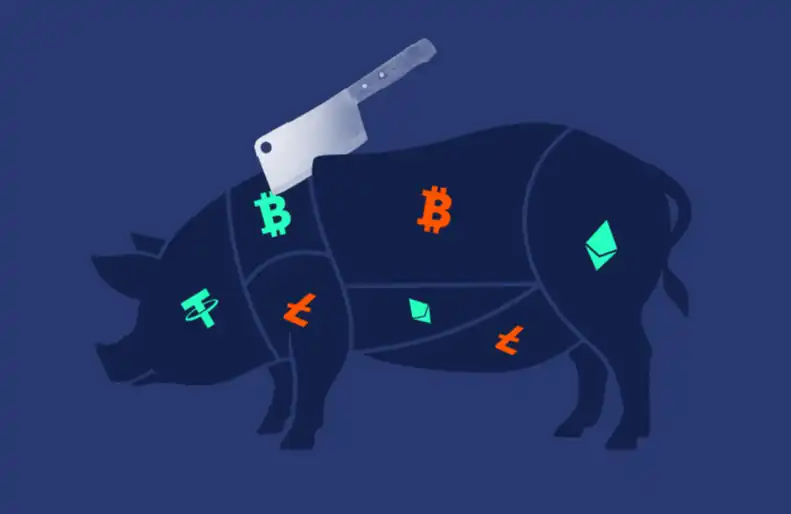Discuss the future direction of decentralized stablecoin
Original article by ruyan768
A stablecoin crisis happens in every bear market. USDT was launched in 2014 but didn't become popular until 2017. Before that, most of the altcoins on exchange platforms were denominated in BTCS. USDT was originally issued on the Bitcoin chain using a technology called omni-layer, which stores USDT transactions in a Bitcoin distributed ledger via OP_RETURN. Around October 2018, USDT was considered a credit risk and the price briefly fell to $0.88. Since the market has no other stablecoins to exchange, USDT rivet passively pushed up the price of BTC. But this time around. The de-riveting did not push up the prices of BTC and ETH significantly as there were more stablecoins to choose from.
Just because of the risk of centralization, the market's desire and enthusiasm for decentralized stablecoins has never faded, dating back to the bitshare era, when not only bitUSD but even bitCNY was available. However, such stablecoins in the form of excess pledge or algorithm have never survived. Does Stablecoin have a future?
Over the years I've been thinking about what the real form of decentralized stablecoins would be. To answer this question, let's first think about how stablecoin can be stable. The answer: confidence. TOKEN holders' confidence in rigid cash is the foundation of stablecoins. In the event of a credit crisis, have the ability to cash in to achieve stability.
A true decentralized stablecoin must be based on rigid cashing of native assets or services on the chain. The DAI originally released by MakerDAO was borrowed through the excess mortgage of ETH assets on the original chain, and the initial DAI had the rigid repayment ability. However, under the impact of the extreme black Swan event on March 12, 2020, DAI still failed to get support due to a large number of liquidations. The system itself is not a problem, the problem is that DAI has been unstable in the months since the riveting, DAI has been in short supply (DeFi brought a lot of demand) due to the memory of the tragic 312 crash, and people no longer believe that the 300% excess pledge will not be cleared. MakerDAO introduced USDC to solve the problem of DAI supply, thus solving the months-long problem of DAI rivet removal, which was the reason for the recent DAI rivet removal. It can be seen that in addition to rigid cash, sufficient supply (liquidity) is the key factor for the stability of the second stablecoin.
Another problem is that fully open, over-pledged white box systems are vulnerable to snipers, which is what caused the Luna disaster, while black box systems like USDT are vulnerable to snipers.
So what kind of decentralized stablecoin would really work?
First of all, it should have the following points:
1. Decentralized distribution
2. Rigid repayment ability
3. Adequate supply
4. Narrative confidence
First of all, there is no such thing as a decentralized stablecoin in the near future. A possible form of decentralized stablecoins based on on-chain native resources will be explored below.
These resource types might include:
Storage, bandwidth, computing
The earliest conversion to decentralized stablecoins may be storage resources. Storage, as a mass consumption of digital resources, is non-renewable, and people's demand for network storage is constantly increasing. The financialization of storage space becomes feasible due to the large demand. But the following conditions should be guaranteed:
1. The QoS quality is the same as that of the Internet
2. Price is at least 30% better than centralized storage
3. Long-term and stable renewal contract
Currently, only Filecoin comes close to these conditions, and with a long-term, stable storage contract, Filecoin may be able to futures storage services into the future
Because miners must provide sufficient collateral to accept orders in the filecoin system, miners can use the ability to deliver services as a rigid payment resource. Under the economic man hypothesis, the default cost will prompt the miners to complete the service payment.
Assuming that filecoin will be able to provide storage services for thousands of Web3 projects in a long-term and stable manner after 2 years, their demand will be continuous, and the blockchain-based contract constraints will not risk Party A's default. In this case, the futures of the future storage space is also feasible. Futures can balance resource prices and storage contracts can serve as the basis for stablecoins, resulting in a truly decentralized stablecoin
This kind of decentralized Stablecoin based on Internet native resources has only one core logic: "1TB of storage is always equal to 1TB of storage". Because the price per terabyte of storage is almost the same globally (it varies depending on bandwidth costs), and storage technology is the slowest iterating area, the price per unit of storage is steadily declining for the foreseeable future. Therefore, based on the original resources of the Internet service cash stablecoin is feasible. When Filecoin's service quality and price are competitive, enterprises will scale up their adoption, which will lead to more rigid and resource-based stabocins being minted.
If the stablecoin is rivet, companies or individuals can exchange the same amount of storage services at a better exchange rate. 1TB storage service will never be reduced, stablecoin when the price advantage will be more obvious. Even in the event of a natural disaster, companies can still choose to exchange for the exact equivalent of storage services from other regions.
The above is just a conjecture about the financialization of Internet native resources, and the argumentative process is not rigorous. Welcome friends who are interested in this to discuss together.
Future decentralized stablecoins will definitely be diversified, and none of them will be perfect. In addition to resource-based, there will also be credit stablecoins and UBI stablecoins, which will most likely appear on the Lens Protocol social network.
If you are trying to build such a decentralized Stablecoin, please feel free to contact me, I believe that the Chinese are most likely to solve the decentralized Stablecoin problem.
With the rapid development of technology, storage resources are not stable. The memory of mobile phones used to be 1G, but now it has been 8G. Storage will depreciate more and more with the rapid development of science and technology.
Original link
Welcome to join the official BlockBeats community:
Telegram Subscription Group: https://t.me/theblockbeats
Telegram Discussion Group: https://t.me/BlockBeats_App
Official Twitter Account: https://twitter.com/BlockBeatsAsia


 Forum
Forum Finance
Finance
 Specials
Specials
 On-chain Eco
On-chain Eco
 Entry
Entry
 Podcasts
Podcasts
 Activities
Activities
 OPRR
OPRR








